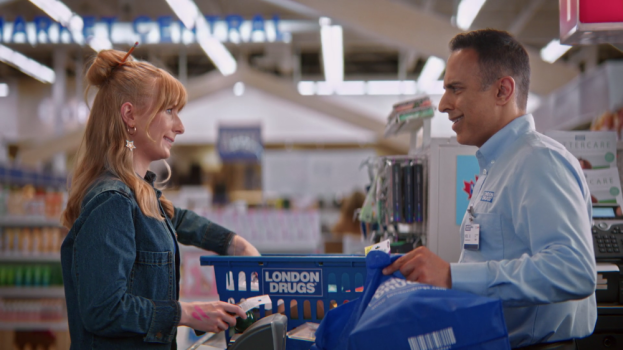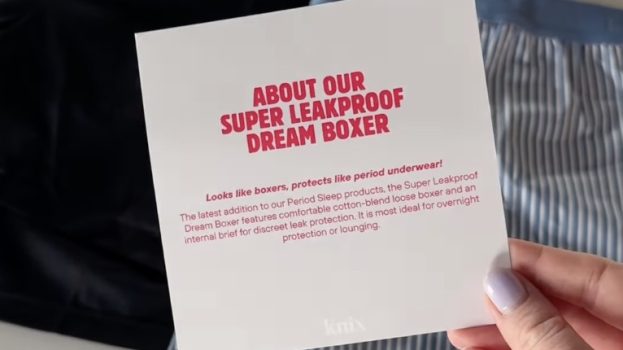Prepare your emotions: there’s a new video for this year’s CIBC Run for the Cure supporting the Canadian Breast Cancer Foundation. But even though it keeps with the tradition of tugging at your heartstrings, it looks to bring more attention to the impact fundraising and participating in the Run has on the lives of survivors.
Once again working with Cundari ahead of this year’s Run on Oct. 4, CIBC has moved away from the scripted work it has done in the past in favour of a mini-documentary. A group of women who were asked to share why they participated in previous CIBC Run for the Cure events were invited to a public screening of the finished product. After their interviews are finished, the camera resets and the film crew sits down in front of it to reveal something about their own experiences with breast cancer. What they reveal packs an emotional punch, so no spoilers, but it’s one that makes them that much more appreciative of the subjects’ participation in CIBC Run for the Cure.
[iframe_youtube video = “cX4j5V2-3Tc”]
The video is being supported by a social media campaign, with media buying handled by MediaCom. Media Profile is being brought in to handle PR on CIBC Run for the Cure for the first time, after working with CIBC on its sports sponsorships, including the FIFA World Cup and Pan Am Games.
Since the bank began working with Cundari on promoting the Run in 2013, campaigns have featured videos ranging from what looks like a moment of hopelessness becoming one of hope to a long-form, candid point-of-view of what it’s like to fight the disease, from testing to diagnosis to treatment.
Monique Giroux, VP of sponsorship marketing and strategy at CIBC, says the idea to do a documentary instead of a scripted piece this time around came from focus groups conducted after last year’s campaign, where CIBC was told its spots would benefit from a clearer call to action to participate in the Run.
“The other two videos were really well-received and very powerful,” Giroux says. “But we thought if we used real people who were actual participants and have them tell their stories, it would be more effective and a more direct message [about] what participating means. As a participant, you sometimes don’t realize how many lives your involvement is impacting.”
Despite their emotional punch, past videos have ended on a moment of hopefulness, which has been carried over to the new campaign.
Next year will be CIBC’s 20th year as title sponsor of the Run for the Cure. Over that time, survival rates have gone up, but instances of the disease have stayed steady, with one in nine women being diagnosed every year. The longevity of the Run can create an impression among the public that their individual participation is not necessary to raise the money that’s needed, Giroux says.
“From a marketing perspective, it’s about how we tell people how important the Run is in a way that is meaningful to people, but is still respectful of survivors and people who are currently living with the disease. Using real stories, I think, does that and really resonates with people.”
























